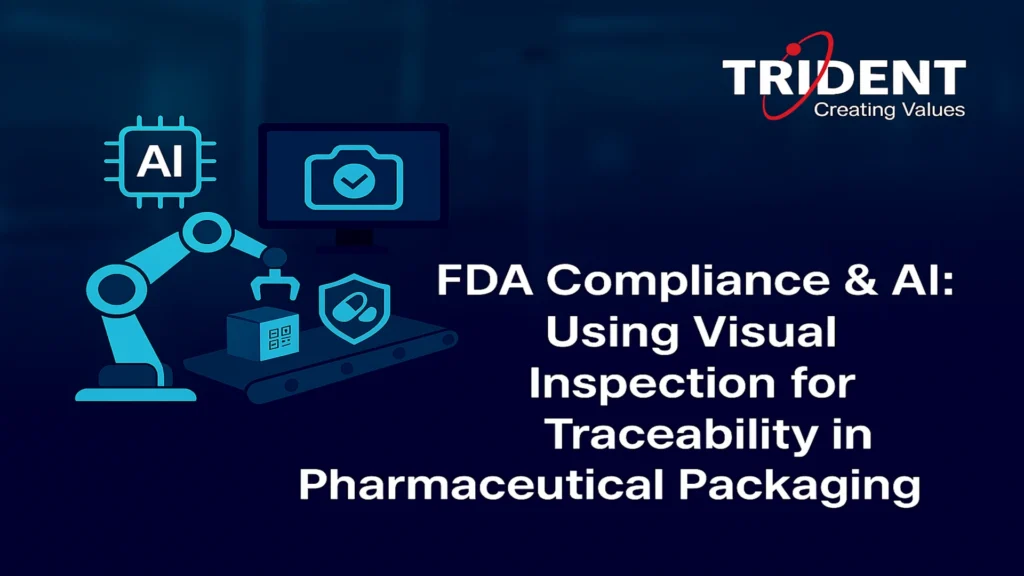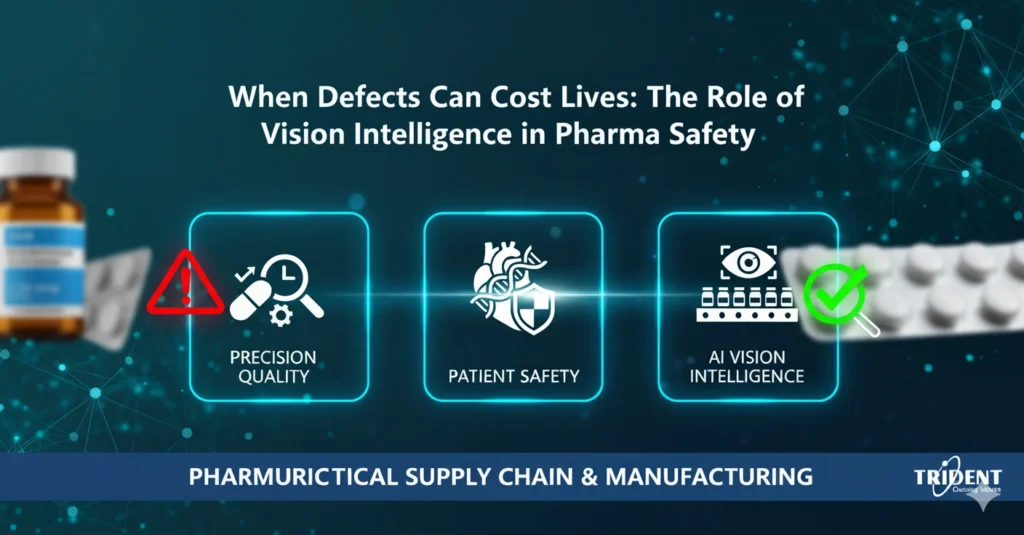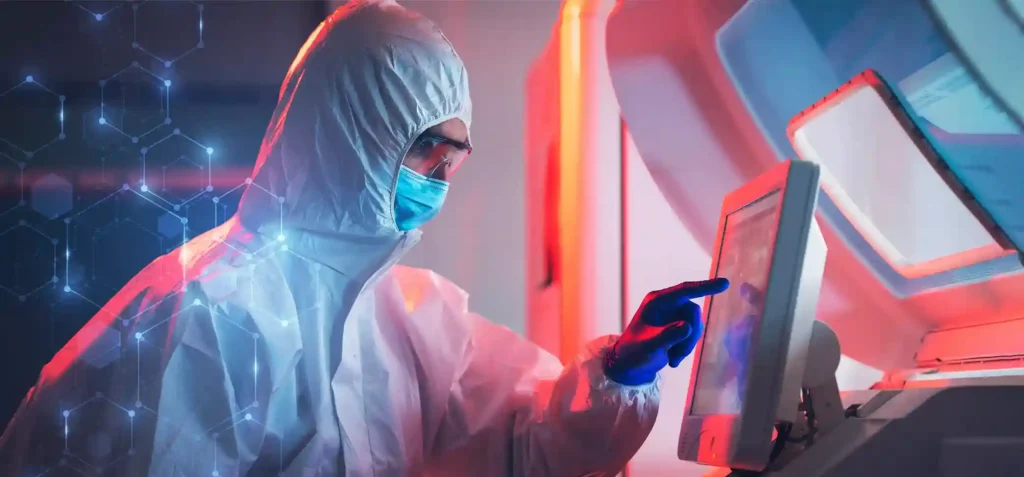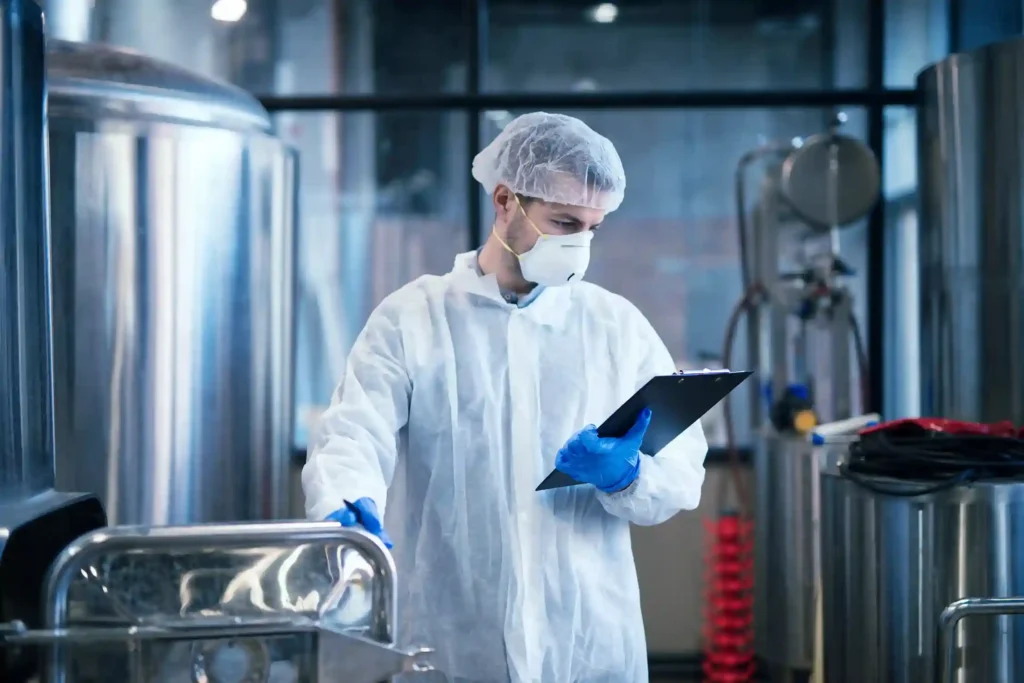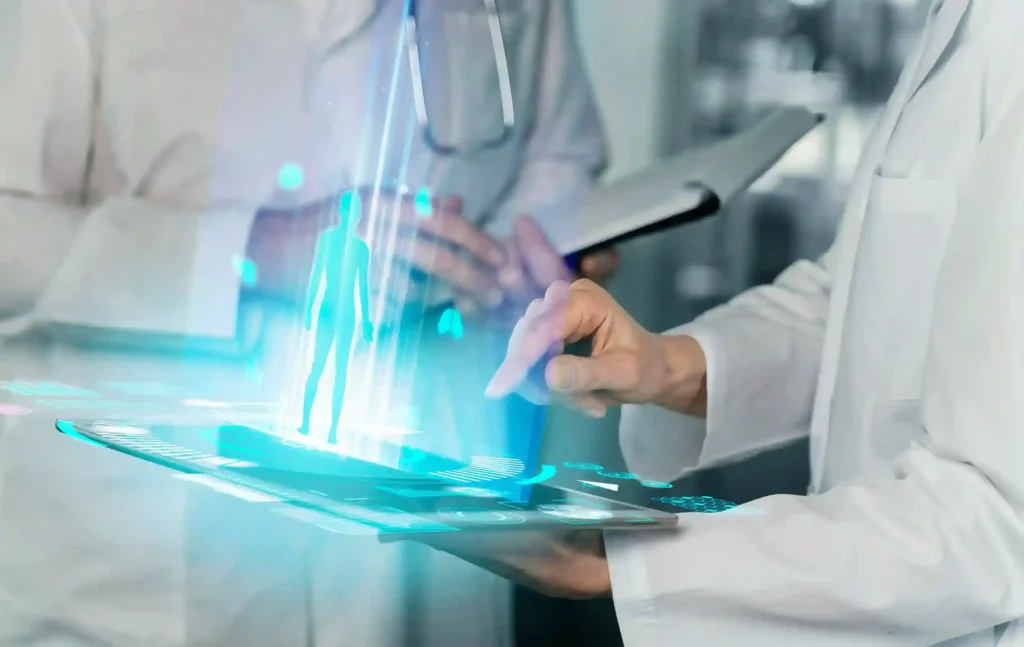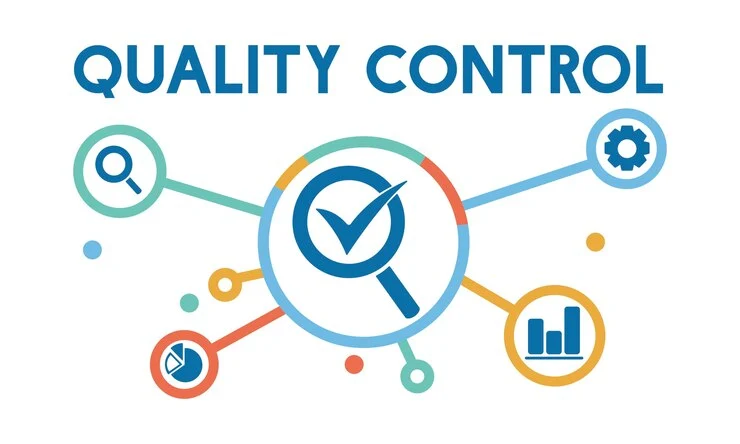FDA Compliance & AI: Using Visual Inspection for Traceability in Pharmaceutical Packaging
Introduction to FDA Compliance in Pharmaceutical Packaging In today’s pharmaceutical landscape, FDA compliance is not just a requirement—it’s a responsibility that protects patient safety and strengthens brand trust. As packaging lines become more complex, manual inspections can no longer keep up with the precision and traceability demands of regulators. This is where AI-powered Visual Inspection Systems (VIS) step in, offering real-time accuracy, automated defect detection, and end-to-end traceability. With the right technology, pharmaceutical companies can stay compliant, reduce errors, and achieve zero-defect packaging with confidence. Understanding the Importance of FDA Regulations FDA regulations form the backbone of quality and safety standards across the pharmaceutical industry. These rules ensure that every packaged product entering the market is safe, correctly labeled, and free from defects. Without strict adherence to these guidelines, patient safety could be compromised, and companies may face legal penalties and reputational damage. Why Packaging Controls Matter for Drug Safety Packaging is more than a container — it protects, identifies, and communicates critical information about the medicine. Packaging controls ensure that every product is sealed properly, labeled accurately, and stored safely throughout its lifecycle. Because even the smallest packaging mistake can lead to serious health risks, FDA emphasizes strong controls. The Evolution of Quality Standards in Pharma Over the years, pharmaceutical quality standards have significantly evolved, especially as supply chains have expanded globally. Modern requirements focus heavily on data integrity, traceability, and automation-driven consistency. AI-powered visual inspection now plays a central role in helping manufacturers achieve these new-age compliance goals. The Rising Need for Traceability in Pharma Supply Chains Increasing Globalization and Distribution Challenges Pharmaceutical products often travel thousands of miles before reaching patients. This complex journey involves multiple stakeholders, from manufacturers to distributors to pharmacies. Without robust traceability, tracking product condition and authenticity becomes extremely difficult. Risks of Counterfeit and Contaminated Products Counterfeit or contaminated medicines pose dangerous risks to patient health and trust in the healthcare system. These products often enter supply chains through weak points where traceability is not enforced. AI-based inspection helps maintain a consistent record of product authenticity, reducing vulnerabilities. Why Traceability Is Now Non-Negotiable Regulatory bodies worldwide require end-to-end traceability to ensure product integrity. The U.S. DSCSA mandates serialization for every unit, making traceability essential rather than optional. Pharma companies that adopt AI-driven traceability systems position themselves for safer, more compliant operations. What Is AI-Powered Visual Inspection? Definition and Core Components AI-powered visual inspection combines high-speed cameras with advanced machine learning to analyze product images. It detects defects that may be invisible to human eyes by comparing real-time images against reference models. This system processes thousands of visual checks every minute with incredible accuracy. How It Differs from Traditional Manual Inspection Manual inspection relies heavily on human attention, which can drop after long hours of repetitive tasks. AI systems, however, never get tired, never blink, and process every unit with the same level of precision. This results in fewer errors and more consistent inspection outcomes. Why AI Is Becoming the New Industry Standard AI’s ability to deliver speed, accuracy, and digital traceability makes it indispensable for modern pharmaceutical operations. With rising production demand and strict FDA rules, AI becomes a vital tool to maintain competitive quality standards. It ensures compliance while reducing human dependency. Types of Visual Defects Identified by AI Systems Label Accuracy and Readability Issues Labels carry essential information such as dosage, expiry date, and batch number. AI systems detect misprints, missing data, misaligned labels, and faded text within milliseconds. This helps prevent mislabeling — one of the most common causes of pharmaceutical product recalls. Seal Integrity and Packaging Defects Proper sealing ensures drug sterility and prevents contamination. AI inspection identifies weak seals, broken seals, dents, improper closure, or torn packaging before products leave the line. By preventing compromised packages from shipping, companies maintain stronger regulatory compliance. Foreign Particles and Contamination Detection Even tiny particles inside packaging can pose major risks. AI-powered systems can detect micro-level foreign matter that is hard for humans to see. This ensures that only particle-free, contamination-free units move forward in the production cycle. Serial Number and Barcode Verification Serialization is crucial for traceability, and AI ensures every code is readable and unique. The system checks for printing clarity, data accuracy, and position consistency. This accuracy supports DSCSA and global traceability regulations. FDA Compliance Requirements Linked to Visual Inspection 21 CFR Part 11 and Electronic Records The FDA requires secure, validated electronic systems for storing records. AI visual inspection solutions automatically generate tamper-proof digital logs, time-stamped images, and electronic reports. This eliminates manual record-keeping errors and supports audit readiness. cGMP Guidelines and Packaging Controls Current Good Manufacturing Practices emphasize consistency, cleanliness, and reliability in packaging operations. AI ensures that every product meets these requirements by detecting even the smallest defects. This supports end-to-end quality assurance throughout manufacturing. DSCSA Requirements for Serialization and Traceability The Drug Supply Chain Security Act mandates serialized, traceable packaging for all pharma products. AI ensures each code is correct, readable, and accurately linked to product data. This avoids compliance issues that may arise during audits or distribution. Audit Trails and Data Integrity Regulators require complete visibility of every inspection and packaging event. AI systems automatically track every pass, fail, and reinspection, creating an unbroken audit trail. This transparency protects companies from compliance failures. How AI Visual Inspection Enhances Traceability Real-Time Defect Detection AI systems identify defects as soon as they occur, allowing operators to respond instantly. This reduces the risk of defective batches moving downstream in the supply chain. Immediate detection helps maintain higher quality and safety standards. Automated Documentation and Record-Keeping AI eliminates manual documentation by automatically saving inspection outcomes. These records include images, timestamps, operator inputs, and corrective actions. Automated logs ensure all data is stored securely for regulatory audits. Linking Packaging Events to Serial Numbers Every package can be linked to its inspection history through serialization. AI maps detected defects, packaging steps, and operator actions to specific serial numbers. This creates complete traceability from production to distribution. Reducing Human Error

